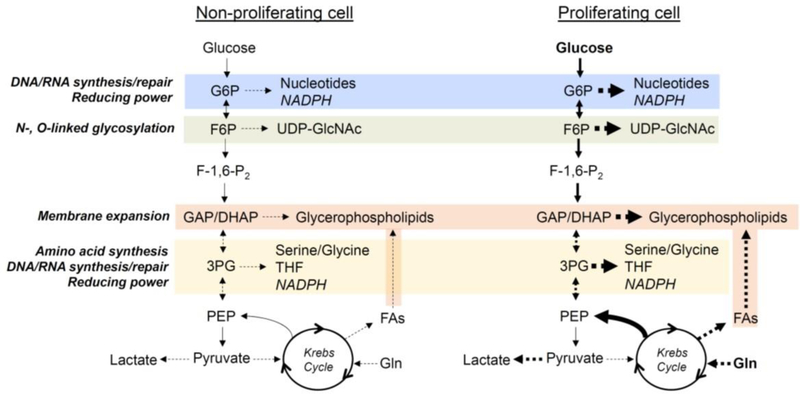Figure 2: Simplified model of the metabolic changes occurring in non-proliferative and proliferative cells.
To support proliferation, cells take up more glucose and amino acids such as glutamine, which provide the carbon and nitrogen sources for catabolic processes and biosynthetic reactions. The pentose phosphate pathway (blue) supports nucleotide biosynthesis and regenerates NADPH, which provides reducing power to biosynthetic and redox pathways. The hexosamine biosynthetic pathway (green) produces UDP-GlcNAc, which is important for the glycosylation reactions that regulate protein folding and function. While the glycerol backbone of phospholipids is synthesized via the glycolytic precursor dihydroxacetone phosphate (DHAP), the fatty acyl chains can be synthesized via carbon engendered in the Krebs cycle (brown). The serine biosynthesis pathway is also important not only for serine and glycine synthesis, but for the formation of methyl donors such as methylene tetrahydrofolate and for NADPH generation (yellow).

